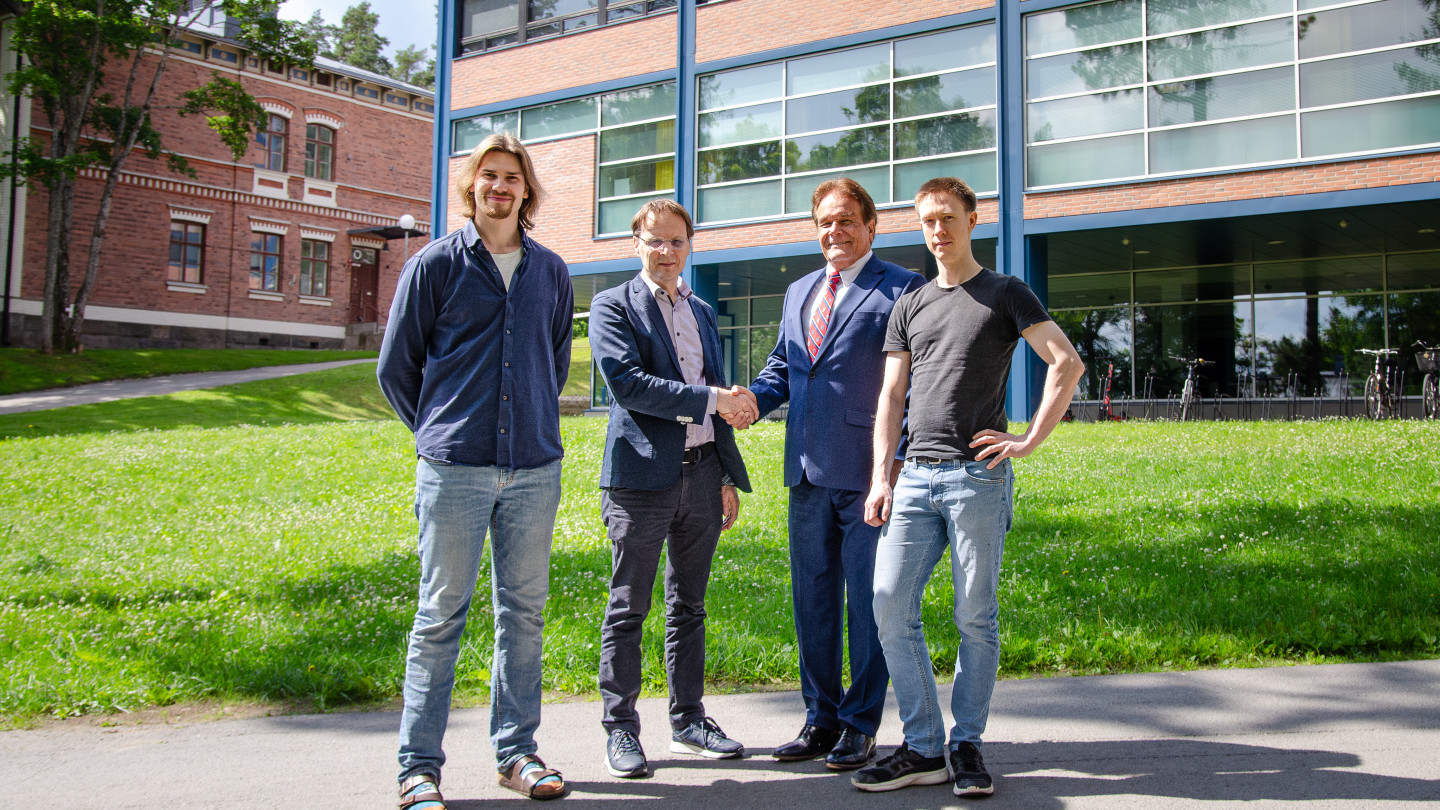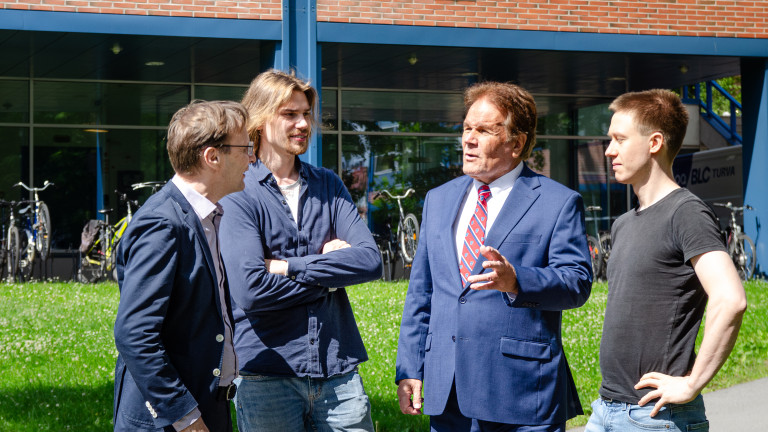University of Jyväskylä develop world’s most accurate ECG software in collaboration with US-based company

The Faculty of Information Technology of the University of Jyväskylä has been involved in a USAMedX project to develop a fully automatic defibrillator for home use.
The algorithm developed by the University classifies cardiac arrhythmias, enabling the defibrillator’s automation to determine whether a shock should be delivered. The Food and Drug Administration (FDA) imposes strict requirements for the accuracy of the automatic system. The software developed in collaboration significantly exceeds the given requirements and detects, among other things, normal sinus rhythm with 99.6% accuracy. The classification of sinus rhythm in borderline cases, in the so-called “grey area”, is particularly challenging when the heart transitions from a normal state to a cardiac arrhythmia.
The collaboration is backed by a Finnish-born aerospace engineer, Tom Kuutti, who is also the CEO and Chairman of the Board of USA Medical Electronix.
“I asked Lauri Kettunen from the Faculty of Information Technology for his view on implementing the classification algorithm, and he convinced me that we should aim to develop the world’s most accurate system together with the University of Jyväskylä,” explains Kuutti.

Collaboration and strong expertise led to a new branch in Jyväskylä
Teemu Paloniemi was the first computer science student recruited for the joint project.
“The aim was to create as accurate a classification software as possible,” says Paloniemi. “Its precision needs be exceptionally high so that the defibrillator can be used safely at home without the supervision of a paramedic. I don’t want to take all the credit as there are several smart people involved in the project and the whole team has worked very hard.”
In an emergency, the device’s electrodes are attached to the person having a heart attack. Following this, the device independently analyses the patient’s heart condition, provides instructions to the people nearby, and if necessary, automatically delivers an electric shock.
Seamless collaboration and high-quality software ultimately convinced USA Medical Electronix to establish a new branch in Jyväskylä. “At the very first meetings, our experienced, Ivy League-educated engineer was highly impressed by how many new features Teemu had been able to code in such a short time and by the strong expertise in Finland,” says Kuutti. “Retaining skilled professionals is a top priority.”
“The aim of the University’s Master’s Degree in Information and Software Engineering has been to encourage students to apply their skills during their studies, even if the outcome is uncertain,” says Kettunen. “By offering these studies, the University has striven to further develop its expertise for the good of society, while promoting both national and regional vitality. USAMedX’s new branch in Jyväskylä is a perfect example of this.”

